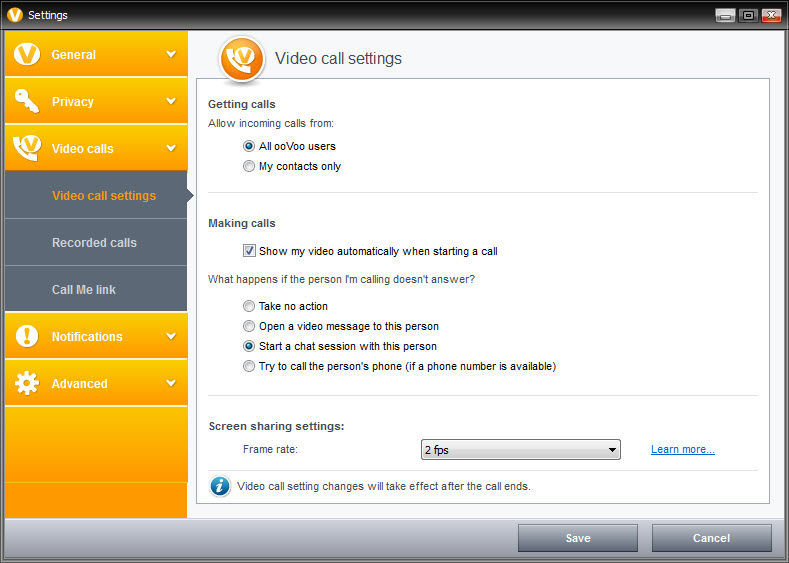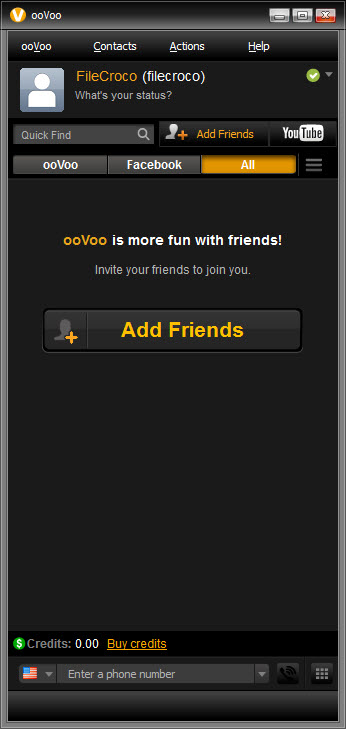
How does peer-to-peer video conferencing work? There are many cloud-based video conferencing software, and they have their advantages as well, so let’s break things down a bit more and shed a bit more light on how both of these communication tools work, and their advantages and disadvantages. “But what about the cloud? Aren’t most video conferencing apps cloud-based?” This boosts the quality of the audio and video signals on the call, and the connection between these computers doesn’t have to travel as far (like it would through a central server), making the call much more crisp and clear. One individual and their computer acts as the server and can initiate a call to another individual’s computer by sending them their IP address information: Peer-to-peer video conferencing is a form of video communication that’s directly between two people, no cloud or outside servers required.
#Qtox chat rooms how to
🔍 Are you thinking about purchasing a new video communication tool and unsure how to get started? Here’s a checklist to help you pick the right one for your business.


Praise hands emoji for the internet and Wi-Fi.įor example, most of us living in the quarantined world of the coronavirus became incredibly adept (if we weren’t already) at video conferencing, but there are actually a couple of different ways you can make a video call happen, each with their own pros and cons. Want to see your colleagues’-or cousins’-faces, even though they live halfway around the world? It’s now literally as easy as hitting a button, and it couldn’t have come at a better time. Maybe, but that just shows how many options we have today.

Did we miss any other ways of communicating at work?


 0 kommentar(er)
0 kommentar(er)
